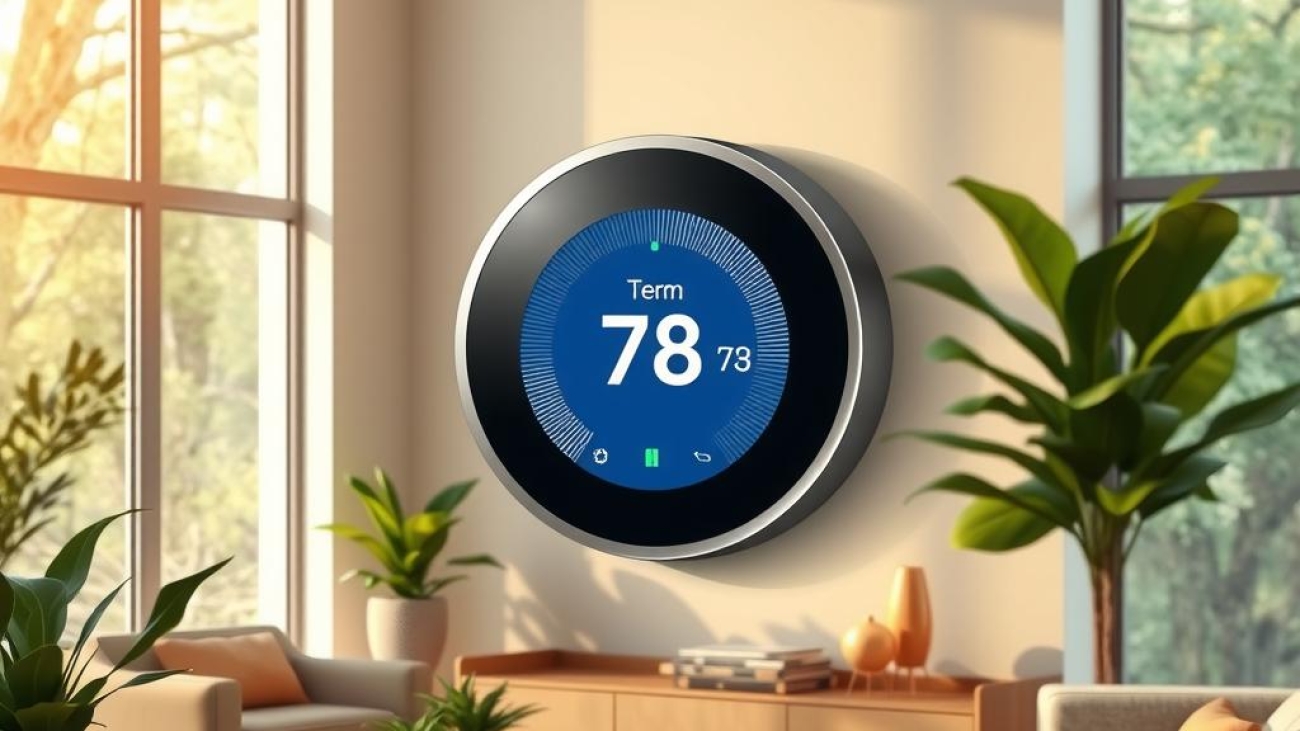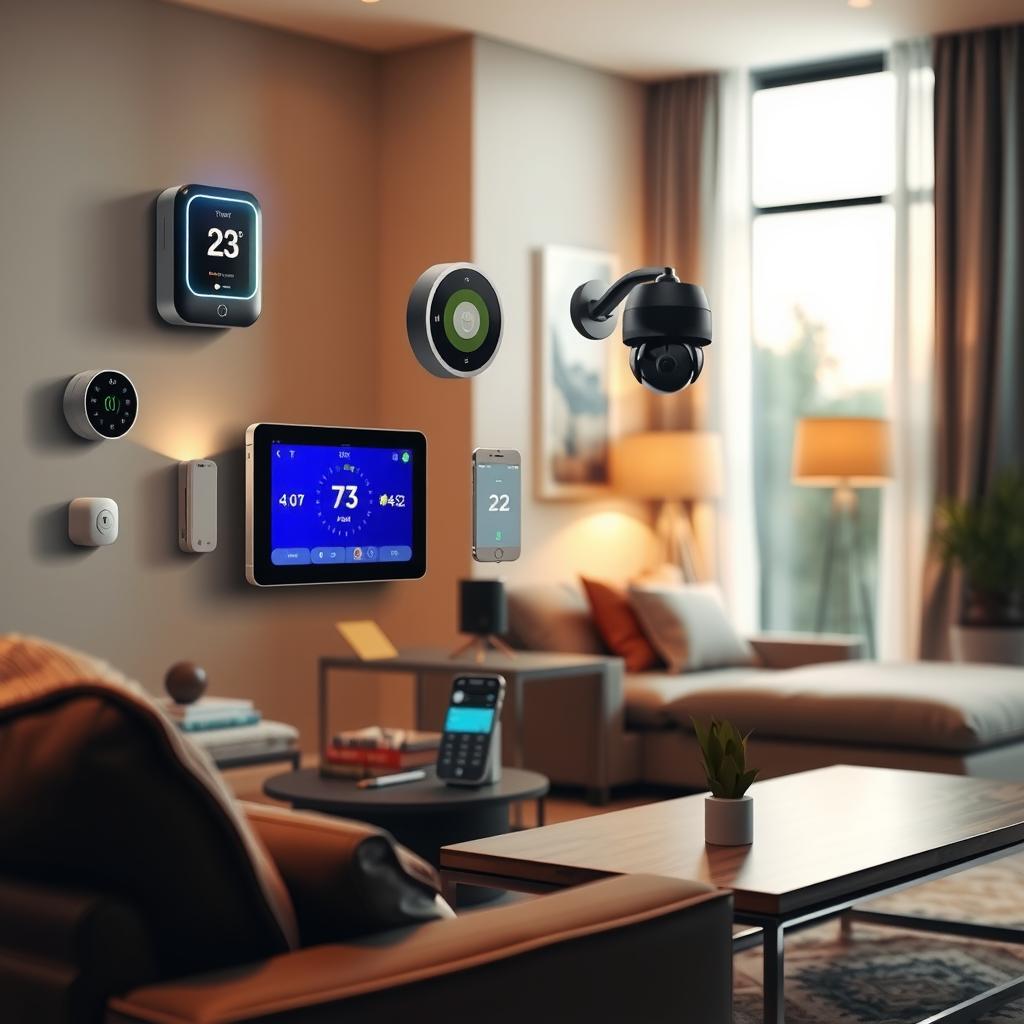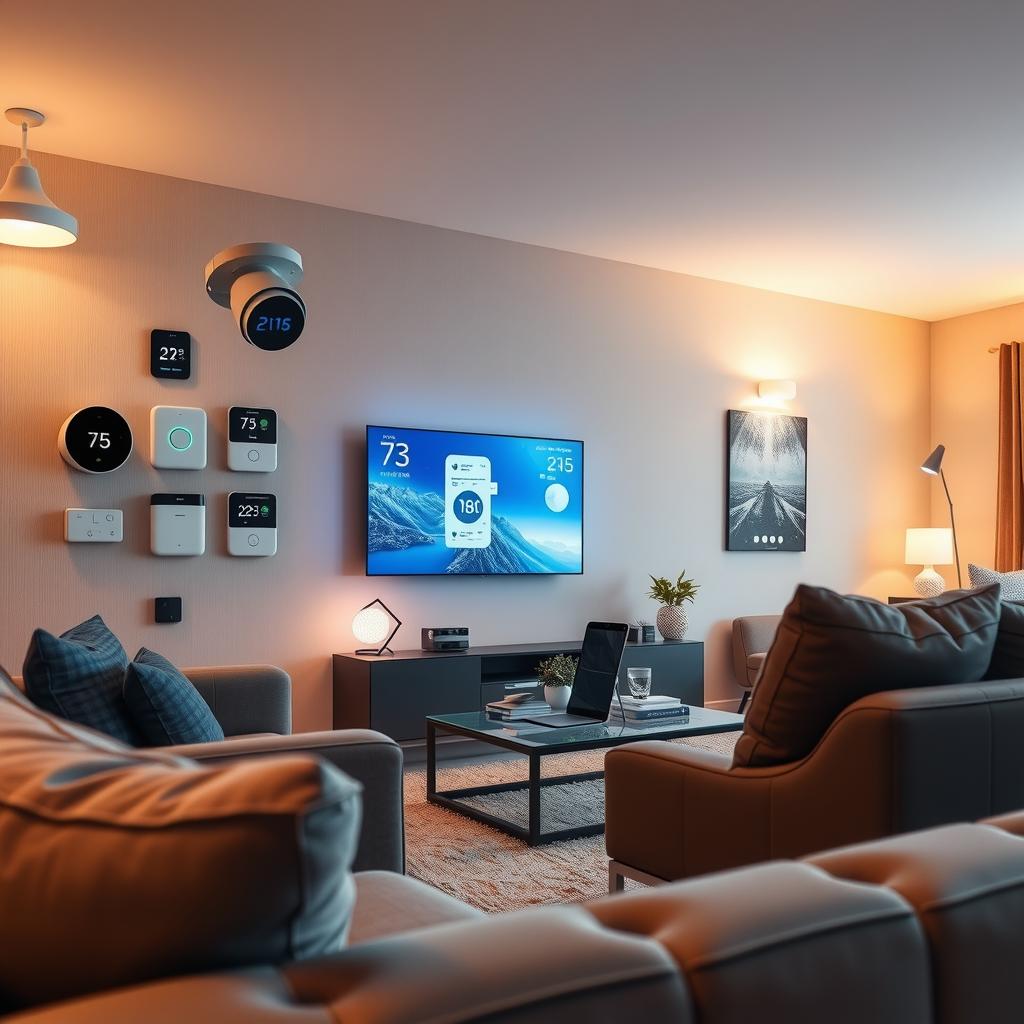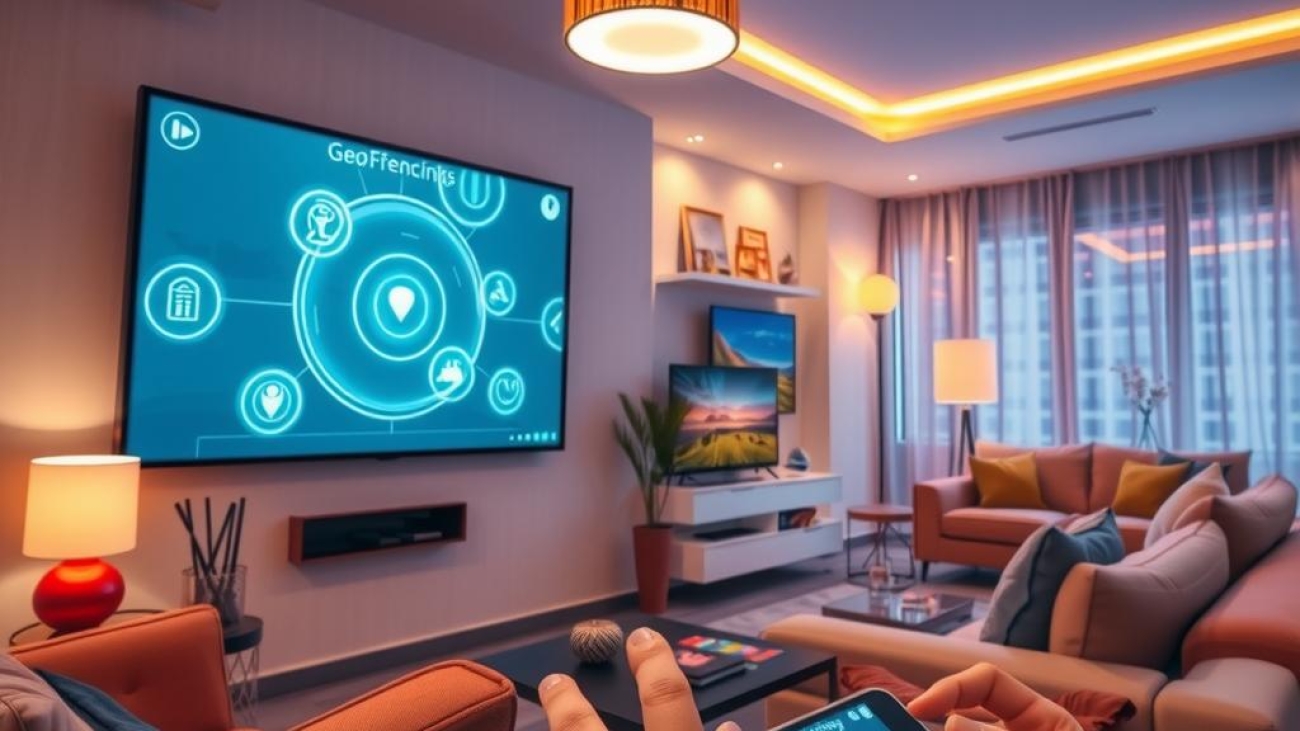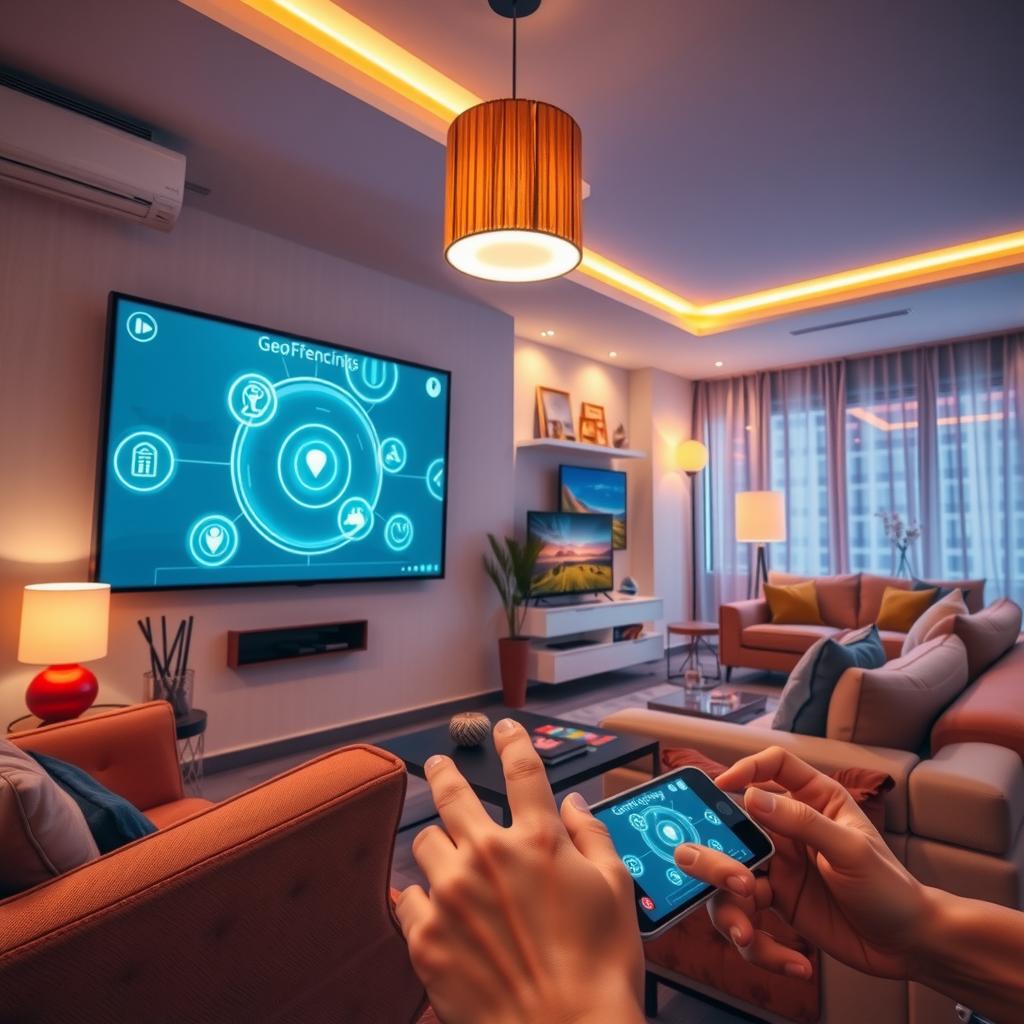In an era where energy efficiency is more crucial than ever, one might wonder: how can homeowners achieve optimal comfort while minimizing unnecessary energy consumption? The answer lies in the innovative realm of smart home technology, specifically through the use of a smart thermostat. These devices not only provide precise temperature control but also offer advanced scheduling capabilities that ensure heating and cooling systems operate at their maximum efficiency. By harnessing the power of a smart thermostat, users can experience significant energy savings without sacrificing comfort.
The crux of effective HVAC optimization lies in understanding how to schedule temperature adjustments based on daily routines and seasonal changes. A well-programmed smart thermostat allows homeowners to set specific times for heating or cooling, aligning with when they are present or away from home. This proactive approach eliminates wasteful energy expenditure during hours when no one is around, showcasing the true value of implementing smart scheduling practices.
Furthermore, integrating a smart thermostat into home automation systems amplifies its benefits by allowing seamless communication between devices. Homeowners can enjoy enhanced convenience as they adjust settings remotely via smartphone apps or voice commands while receiving data-driven insights about their home’s energy usage patterns. Such functionalities transform traditional homes into efficient living spaces that prioritize both comfort and sustainability.
This blog post delves deeper into how effective scheduling with a smart thermostat can lead to unprecedented levels of energy efficiency in residential environments. It will explore practical tips for setting up schedules that match individual lifestyles and preferences while maximizing potential savings on utility bills. Readers will learn about various features offered by today’s cutting-edge smart thermostats designed explicitly for optimizing home climate control throughout different times of day and seasons.
As we navigate through this guide on harnessing the full potential of your smart thermostat’s scheduling capabilities, it becomes clear that achieving maximum efficiency isn’t just an environmentally responsible choice; it’s also economically beneficial for households seeking lower monthly expenses without compromising their quality of life. Join us as we uncover strategies tailored to help you make informed decisions about your home’s climate management system—your pathway towards smarter living starts here!
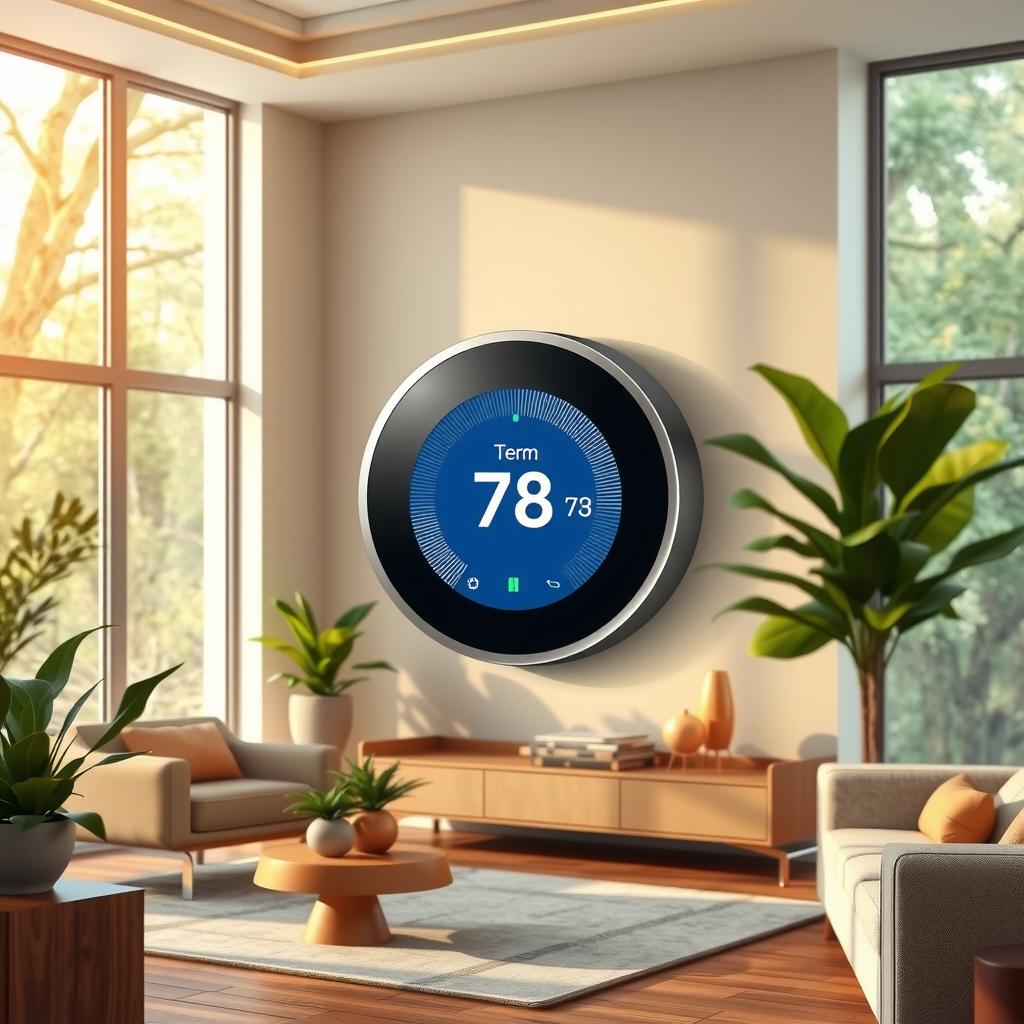
Key Points:
-
Smart Thermostat Scheduling for Energy Efficiency: Utilizing the advanced scheduling features of a smart thermostat allows homeowners to optimize their heating and cooling systems effectively. This ensures that energy consumption aligns with daily routines, providing comfort while minimizing waste.
-
Tailored Temperature Control: With the ability to set specific schedules through a smart thermostat, individuals can manage their indoor climate according to personal lifestyle preferences. This means that heating or cooling occurs only when needed, enhancing overall HVAC optimization and ensuring maximum efficiency.
-
Cost Savings Through Smart Home Technology: Implementing strategic scheduling with a smart thermostat not only reduces utility bills but also promotes eco-friendly practices by decreasing unnecessary energy use. By operating under optimal conditions during peak hours and scaling back when spaces are unoccupied, homeowners can achieve significant energy savings while enjoying modern conveniences in home automation.
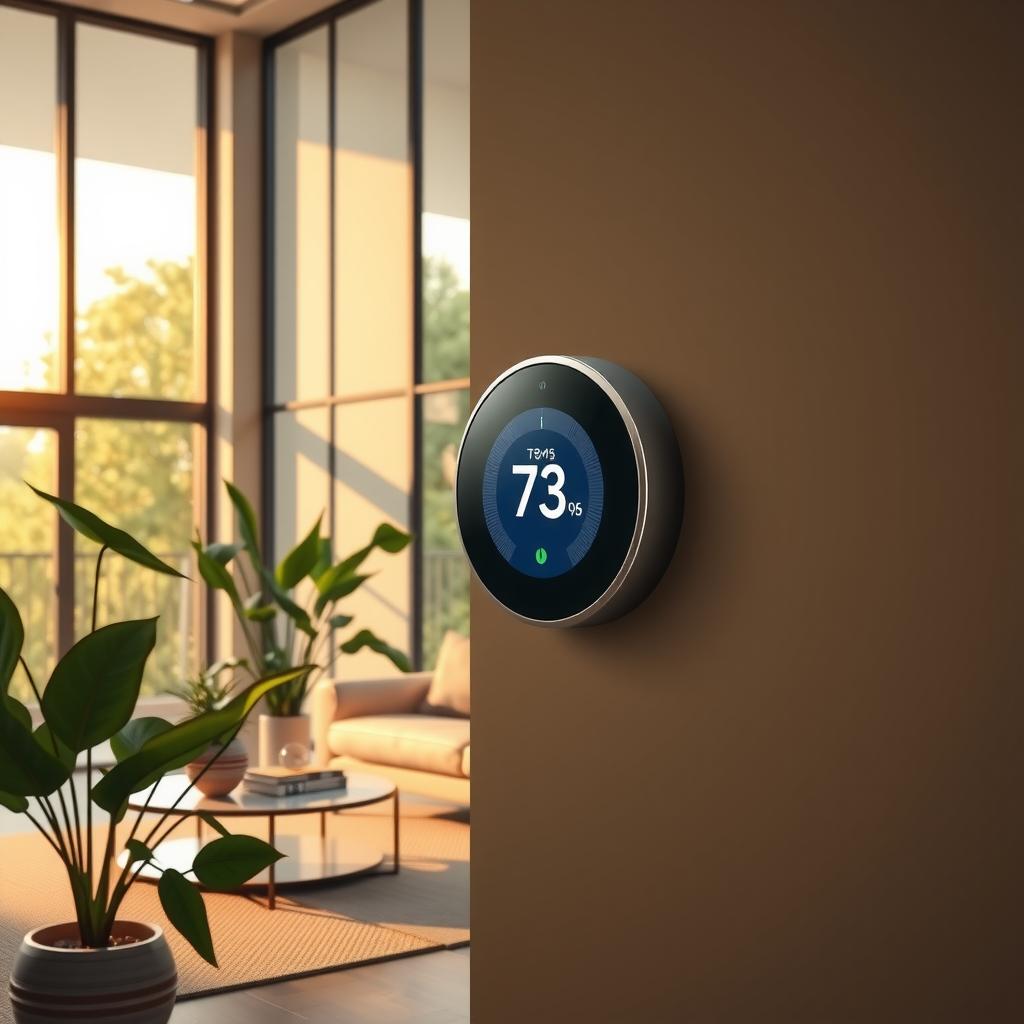
The Evolution of Temperature Control Systems
Smart Thermostats Redefining HVAC Efficiency
In recent years, the rise of smart thermostats has revolutionized traditional heating and cooling systems, offering a level of control previously unattainable. These advanced devices integrate seamlessly with modern HVAC systems, allowing homeowners to manage their indoor climate from anywhere using smartphone applications or voice commands. By employing sophisticated algorithms and machine learning, smart thermostats analyze user behavior patterns to optimize temperature settings intelligently. This means that over time, they learn when the home is occupied versus unoccupied and adjust accordingly—ensuring maximum efficiency while minimizing energy consumption. Furthermore, features such as geofencing allow these devices to detect when residents are nearing home and prepare optimal conditions in advance. As a result, homeowners experience unparalleled comfort without compromising on energy savings.
Scheduling Features for Optimal Comfort
Tailored Temperature Management Made Easy
One of the standout capabilities of smart thermostats is their comprehensive scheduling feature that empowers users to create personalized temperature profiles throughout the day. Homeowners can set specific temperatures for different times—such as lowering heating during work hours or ramping it up before arriving home in the evening—thereby maximizing both comfort and efficiency. This automated approach not only alleviates manual adjustments but also significantly reduces unnecessary energy usage during off-peak hours when homes are empty. Advanced models even provide insights into historical usage data through intuitive dashboards that help users understand their heating trends better; this information can be crucial for further optimizing HVAC performance based on seasonal changes or family routines.
Integration with Smart Home Technology
A Seamless Addition to Home Automation Ecosystems
Moreover, smart thermostats serve as pivotal components within broader home automation systems. Their ability to connect with other smart devices enhances overall household efficiency by creating interconnected ecosystems where appliances communicate effortlessly with one another. For instance, integrating a smart thermostat with smart blinds allows natural light management alongside temperature control; blinds can close automatically during peak sunlight hours to reduce heat gain while adjusting air conditioning settings correspondingly for enhanced comfort without excessive energy use. Additionally, compatibility with voice-activated assistants like Amazon Alexa or Google Assistant provides users hands-free control over their environment—a testament to how modern technology promotes convenience alongside sustainability.
Energy Savings Through Intelligent Design
Harnessing Data for Environmental Responsibility
As environmental concerns become increasingly pressing issues globally, embracing technologies like smart thermostats presents an opportunity for significant contributions toward sustainability efforts at individual levels. By utilizing real-time data analytics combined with predictive modeling capabilities inherent in these advanced devices, homeowners can effectively monitor their carbon footprints linked directly to energy consumption patterns attributed specifically by each device installed within residential spaces—all contributing positively toward reducing greenhouse gas emissions associated primarily through inefficient heating practices typical of outdated models prevalent across many households today.
Future Trends in Temperature Control Solutions
Innovations Shaping Tomorrow’s HVAC Landscape
Looking ahead into future developments emerging from continuous advancements surrounding smart technology indicates promising prospects poised further enhance the functionality offered by cutting-edge offerings such as next-generation “smart thermostats.” Anticipated improvements include more refined integration options enabling compatibility across diverse ranges beyond mere temperature regulation alone—from humidity monitoring solutions ensuring ideal living environments maintained consistently year-round—even leveraging artificial intelligence-driven recommendations tailoring individualized strategies promoting simple yet impactful lifestyle modifications aimed notably at achieving optimum outcomes regarding personal preferences concerning internal climates experienced daily whilst simultaneously safeguarding critical resources essential sustaining our planet’s health well into generations ahead.
Effective Scheduling for Energy Savings
Mastering Your Smart Thermostat for Home Comfort
Scheduling is a critical element in maximizing energy efficiency within any smart home setup. With the advancement of smart thermostat technology, homeowners are now afforded unparalleled control over their heating and cooling systems. The ability to program these devices allows users to adjust temperatures based on their daily routines, ensuring that the HVAC system operates at maximum efficiency when it’s needed most. By setting specific temperature schedules that align with occupancy patterns—such as lowering the heat during work hours or raising it just before family members return home—users can achieve significant energy savings, while maintaining comfort levels throughout their living spaces. Many modern smart thermostats now offer features like learning algorithms which adapt usage patterns over time, further enhancing HVAC optimization without requiring constant manual adjustments.
By integrating smart home technology with practical scheduling strategies, users can tap into various functionalities provided by their smart thermostat. For instance, utilizing geofencing capabilities enables the device to detect when occupants leave or arrive home and adjust temperatures accordingly—this not only conserves energy but also ensures a pleasant environment upon arrival. Additionally, setting up different profiles for weekdays versus weekends permits more tailored temperature control; families can enjoy warmer settings during leisure hours while reaping benefits from cooler conditions during working days. Furthermore, many models support remote access via smartphone applications, allowing homeowners to monitor and modify settings even when away from home—a crucial feature for those who frequently travel or maintain second residences.
Achieving Maximum Efficiency Through Automation
Embrace Technology to Optimize Your Energy Use
The integration of automation into everyday life has revolutionized how we interact with our environments—and this transformation extends seamlessly into climate management through smart thermostats. These sophisticated devices empower homeowners not only through precise temperature regulation but also through data-driven insights about energy consumption patterns in real-time. Users can leverage this information to make informed decisions regarding scheduling; for example, understanding peak times of high utility costs might prompt someone to delay heating until later in the evening when rates are lower or pre-cool their homes before hot summer afternoons set in fully.
Moreover, optimizing your schedule involves recognizing seasonal shifts and adapting your temperature settings accordingly. During colder months, a programmable smart thermostat can be configured to gradually lower temperatures overnight while adjusting back up right before wake times—maximizing warmth without excessive energy expenditure during off-peak hours. In contrast, summer schedules may benefit from reducing air conditioning use throughout sun-drenched days while strategically timing cooling bursts just prior to evening gatherings—it’s all about achieving an ideal balance between comfort factors and operational costs.
For individuals keen on sustainability efforts alongside economic advantages gained from enhanced performance of HVAC systems should explore available rebates offered by local utilities aimed at encouraging adoption of such progressive technologies as smart thermostats provide dual benefits: they facilitate both environmental responsibility through reduced carbon footprints as well as financial relief via decreased bills resulting from improved efficiency measures put firmly into practice across households everywhere seeking smarter solutions toward tomorrow’s challenges today!
The Intersection of Cost Savings and Eco-Friendliness
Exploring the Financial and Environmental Benefits of Smart Thermostats
In today’s modern living spaces, smart thermostats are emerging as a pivotal tool for promoting eco-friendly practices while simultaneously delivering impressive cost savings. These devices allow homeowners to optimize their heating, ventilation, and air conditioning (HVAC) systems through advanced scheduling capabilities that align energy consumption with lifestyle patterns. By leveraging algorithms that learn from user behavior, smart thermostats can efficiently adjust temperature settings to reduce unnecessary energy usage during peak hours or when no one is home. This level of automation not only lessens the strain on local energy grids but also translates directly into lower utility bills for consumers. According to recent studies, homes equipped with smart thermostats can achieve up to 15% in annual heating costs savings compared to traditional thermostat systems. Therefore, by investing in such technology, individuals actively contribute towards a more sustainable future while enjoying immediate financial relief.
Enhancing Home Automation Through Intelligent Scheduling
How Smart Technology Improves Energy Efficiency
The integration of smart home technology, particularly through the use of smart thermostats, has revolutionized how households manage climate control systems effectively. With features like remote temperature adjustment via smartphones or voice-controlled interfaces, users experience unparalleled convenience alongside significant energy savings. For instance, by employing intelligent scheduling based on occupancy patterns—such as pre-programming temperatures for different times throughout the day—homeowners can ensure their HVAC systems function at maximum efficiency without wasting resources when they are not necessary. This kind of optimization supports broader environmental goals by reducing overall carbon footprints associated with excessive energy consumption. Furthermore, many smart thermostats provide real-time feedback about usage trends and potential areas for improvement; this data empowers homeowners to make informed decisions that further enhance both comfort levels within their homes and sustainability efforts.
Future-Forward Living: A Commitment To Sustainability
Embracing Change with Smart Thermostat Solutions
As society increasingly prioritizes sustainability amidst growing concerns over climate change impacts, adopting solutions such as smart thermostats becomes essential for environmentally conscious consumers aiming to minimize their ecological footprint while maintaining comfort in daily life. These devices serve not only as tools for individual responsibility but also foster a collective movement toward greener living standards across communities worldwide; when multiple households implement similar technologies collectively result in notable reductions in greenhouse gas emissions emanating from residential buildings—a substantial contributor to urban pollution levels historically linked back primarily due solely down inefficient heating/cooling methods used previously before advancements emerged recently within tech realms today allowing smarter innovation become commonplace instead now across various markets too! In doing so—as awareness continues rising regarding sustainable practices along shifting consumer preferences—we see promising progress unfold alongside enhanced quality-of-life outcomes experienced firsthand every time someone adjusts their setting remotely using these innovative gadgets designed specifically cater improved lifestyles overall.
Achieving Optimal Temperature Control with Intelligent Devices
The Role of Smart Thermostats in Sustainable Living
The ability offered by smart thermostats goes beyond simple temperature control; it encompasses an entire framework aimed at achieving greater environmental harmony through responsible resource management techniques adopted seamlessly into everyday routines effortlessly nowadays thanks largely thanks technological advances pushing boundaries forward continuously seeking new possibilities continually evolving solutions becoming available today than ever before! Users benefit immensely from automated reminders prompting them when it’s advisable either turn down heating/cooling units depending upon seasons changing outside conditions impacting indoor environments respectively which ultimately helps conserve precious natural resources conserving much-needed fuel sources needed supply power generation facilities serving meet demand placed upon them regularly keeping everyone comfortable safely warm cool whatever situation may arise without compromising ideals embracing sustainability principles guiding actions taken intentionally each step way forward together collaboratively working towards brighter tomorrow shared among all citizens globally contributing positively planetary well-being long term thereby encouraging others join journey explore alternatives existing choices already made thus paving pathways ahead opening doors never imagined possible leading transformative experiences encountered deeply felt connections made between people places ideas involved processes shaping realities lived momentarily experiencing joy fulfillment deriving simply knowing small steps lead big changes happening gradually unfolding naturally over time enhancing lives everywhere around us enriching experiences we cherish most dearly connected intimately rooted foundations established built trust respect unity diversity celebrated proudly always striving improve reach heights lofty aspirations set forth boldly determinedly together united purpose!
Frequently Asked Questions:
Q: How can a smart thermostat help me save on energy bills?
A: A smart thermostat optimizes your HVAC system by allowing you to set precise schedules that align with your daily routine. By doing so, it ensures that heating or cooling only occurs when necessary, leading to significant energy savings and lower utility costs.
Q: What features should I look for in a smart thermostat?
A: When choosing a smart thermostat, consider features such as intuitive scheduling options, remote access through smart home technology, and learning capabilities that adapt to your preferences. These functions enhance temperature control and ensure maximum efficiency in managing energy consumption.
Q: Can I control my smart thermostat when I’m not at home?
A: Yes! One of the standout benefits of a smart thermostat is its ability to be controlled remotely via smartphones or other connected devices. This feature allows homeowners to adjust their settings even when they’re away from home, ensuring optimal comfort while maximizing HVAC optimization and promoting sustainable energy practices.
